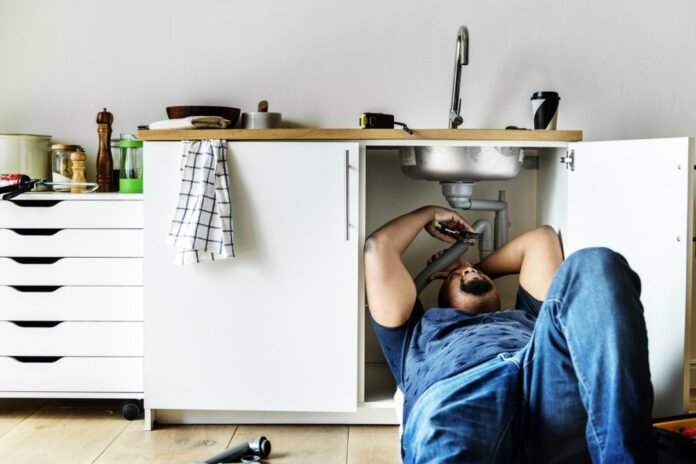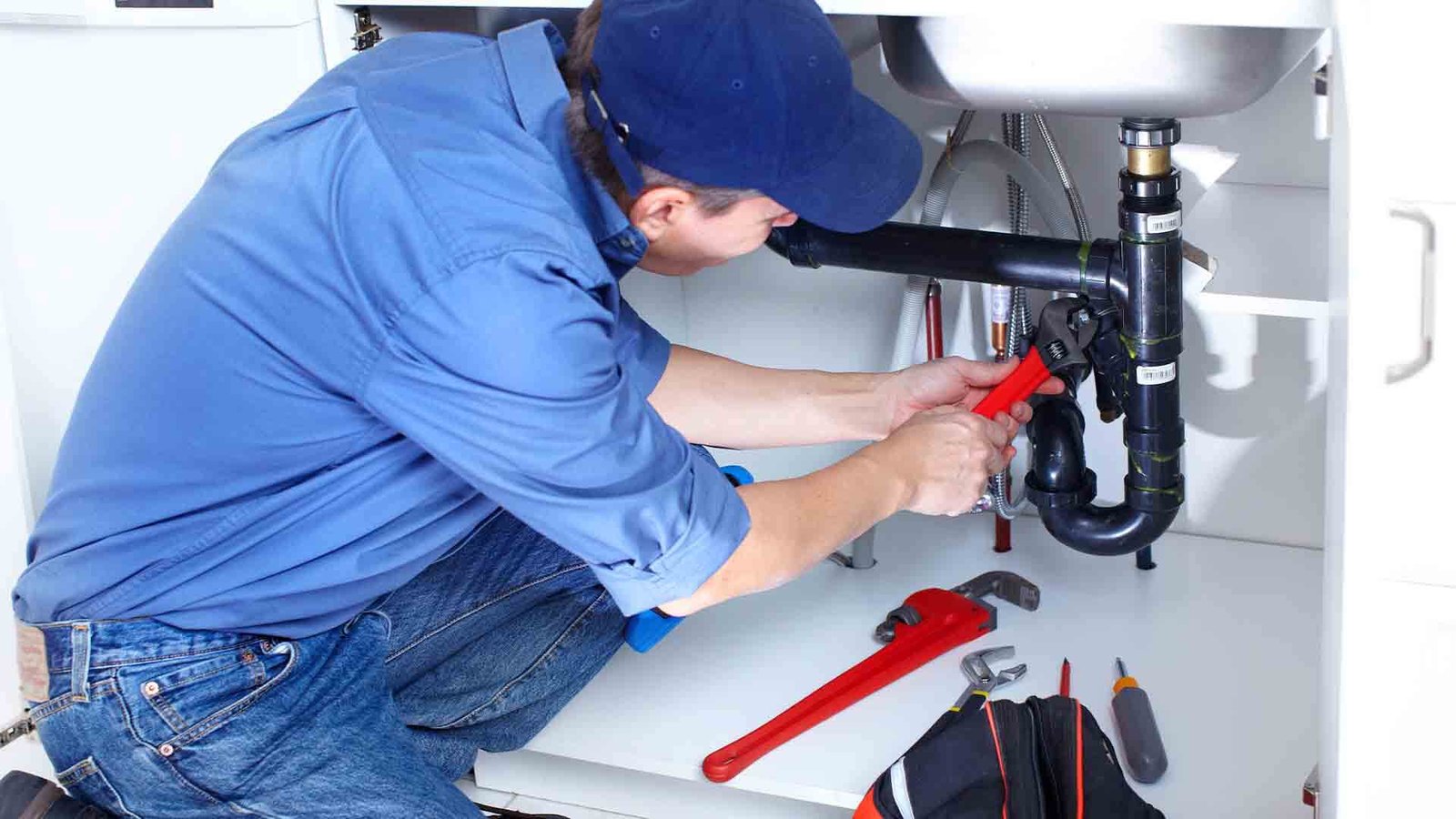There are all different kinds of plumbing issues that arise, from those more minor and easy to fix, like a dripping tap or running toilet; a blocked sewer system or faulty gas fitting on your hot water heater can range from dangerous to expensive to destructive.
Smaller plumbing problems can often be solved quite quickly with some simple DIY. It’s best to leave the larger ones to the professionals, though, as you don’t want to bite off more than you can chew and create an even bigger and more expensive mess.
Prevention is better than cure, so we’ve compiled this list of things that could go wrong and eventually become plumbing problems so that you can catch them early before they create a knock-on effect.
For your convenience, we’ve also advised which plumbing problems can be tackled on your own and which require professional intervention.
1) Clogged or Running Toilet
Toilet repair or replacement can be expensive, depending on the type of toilet and where it is located. A replacement toilet can cost anywhere from $200 to $2,000. There are a few factors to consider when calculating the cost of a toilet replacement: the type of toilet, the location of the toilet, and the size of the replacement.
If your toilet bowl fills up with water that doesn’t drain away, it’s probably clogged. Blockage is caused by a combination of human waste, toilet paper, and other foreign objects being flushed together.
Clogged toilets are usually easily fixed with a plunger. If that doesn’t work, a plumber can use a drain auger to loosen the blockage.
A running toilet is also both irritating and an expensive waste of water. Normally, this is caused by a faulty flapper valve. The valve controls the water passing from the tank to the bowl and can be fixed quite easily with a toilet repair kit that can be bought from any hardware store.
2) Dripping Taps
Dripping taps are irritating in two ways: the sound can drive you mad, and wasting water will drive up your water bill.
Dripping taps are typically caused by an internal washer that’s become worn or dislodged with time. This can usually be fixed easily if you have the basic tools required.
Here’s how to fix it:
- Switch off the water supply feeding the dripping faucet.
- Disassemble the tap.
- Replace the faulty washer.
- Reassemble the tap.
3) Backed Up Sink
This usually occurs because of a blockage restricting the water flow:
- A kitchen sink could have a build-up of congealed fat and food remnants,
- A bathroom sink could be caused by hair and soap.
A blocked sink that isn’t dealt with will worsen over time, and the drain will eventually become completely blocked.
Here’s how to fix it:
- Use a plunger.
- Pour baking soda and vinegar down the drain.
- or buy drain cleaning chemicals.
Here’s how to use drain cleaning chemicals:
- Follow the directions on the packaging.
- Wear gloves for safety.
- Don’t mix different chemicals as they can produce poisonous gas.
- Pour the chemicals down the drain—take care not to use more than the stipulated amount.
Using chemicals on your drains too often can damage your pipes. If you’ve done this numerous times to no avail, have a plumber come and use a drain snake camera to determine the reason behind the blockages.
4) Backed Up Bath or Shower Drain
Bath and shower drains also get clogged with hair and soap. This can be prevented, or at least reduced, if you buy a drain guard and clear out the hair and suds after each use.
Baking soda and vinegar can dissolve the build-up, or you can use a plunger.
Here’s how to use a plunger:
- Put petroleum jelly along the edge of the suction pad to make the seal stronger.
- Allow enough water in the bath or shower to build up so that the tip of the plunger is submerged.
- Plunge vigorously
If this doesn’t work, call a plumber to bring over their drain snake.
5) Hot Water Issues
In some cases, your hot water may not last as long as it did before. Or, you might not get any hot water at all. Maybe your water gets warm but not hot enough. These things are an indication of a faulty hot water system.
A hot water system can work optimally for up to ten years if it is well and regularly maintained. Having to replace an entire unit with a brand new one can be a very costly exercise.
If you’re experiencing any hot water problems, it’s best to contact a hot water heater technician and arrange an inspection.
6) Low Water Pressure
Deteriorating water pressure is often a problem found in older homes. It can be caused by various issues, such as pipes that have started leaking as a result of becoming worn, broken, or corroded over time.
If it occurs in the shower, you can soak the aerator and showerhead in vinegar or just replace them.
Here’s how to clean with vinegar:
- Dismantle the part and clean off any excess dirt or soap.
- Soak a toothbrush in vinegar and loosen any mineral deposits by scrubbing.
- Poke off any loose deposits with a safety pin or toothpick.
- Soak the parts overnight in vinegar so any leftover deposits can dissolve.
7) Leaking Pipes
Leaking pipes can lead to severe water damage to floors and furniture, and the subsequent dampness can bring on bugs like cockroaches and mosquitoes.
Leaks generally happen where the pipes join. This can be fixed temporarily with tape, compounds, and fillers, or have a plumber replace a piece of pipe or the related fittings.
Leaks are more common in areas where winters are particularly cold, as the water freezes and then expands, causing pipes to burst.
Key Takeaways
Many small plumbing problems can be easily fixed by yourself, perhaps after a trip to buy the correct tools or parts.
Plumbing issues that you can solve yourself include
- dripping taps
- a backed-up sink, bath, or shower drain,
- clogged or running toilet,
- low water pressure, and
- leaking pipes
In most of these instances, if the problem persists after restoring it, contact a plumber to come and take a look. In the case of hot water issues, it’s definitely a job for a professional.




















